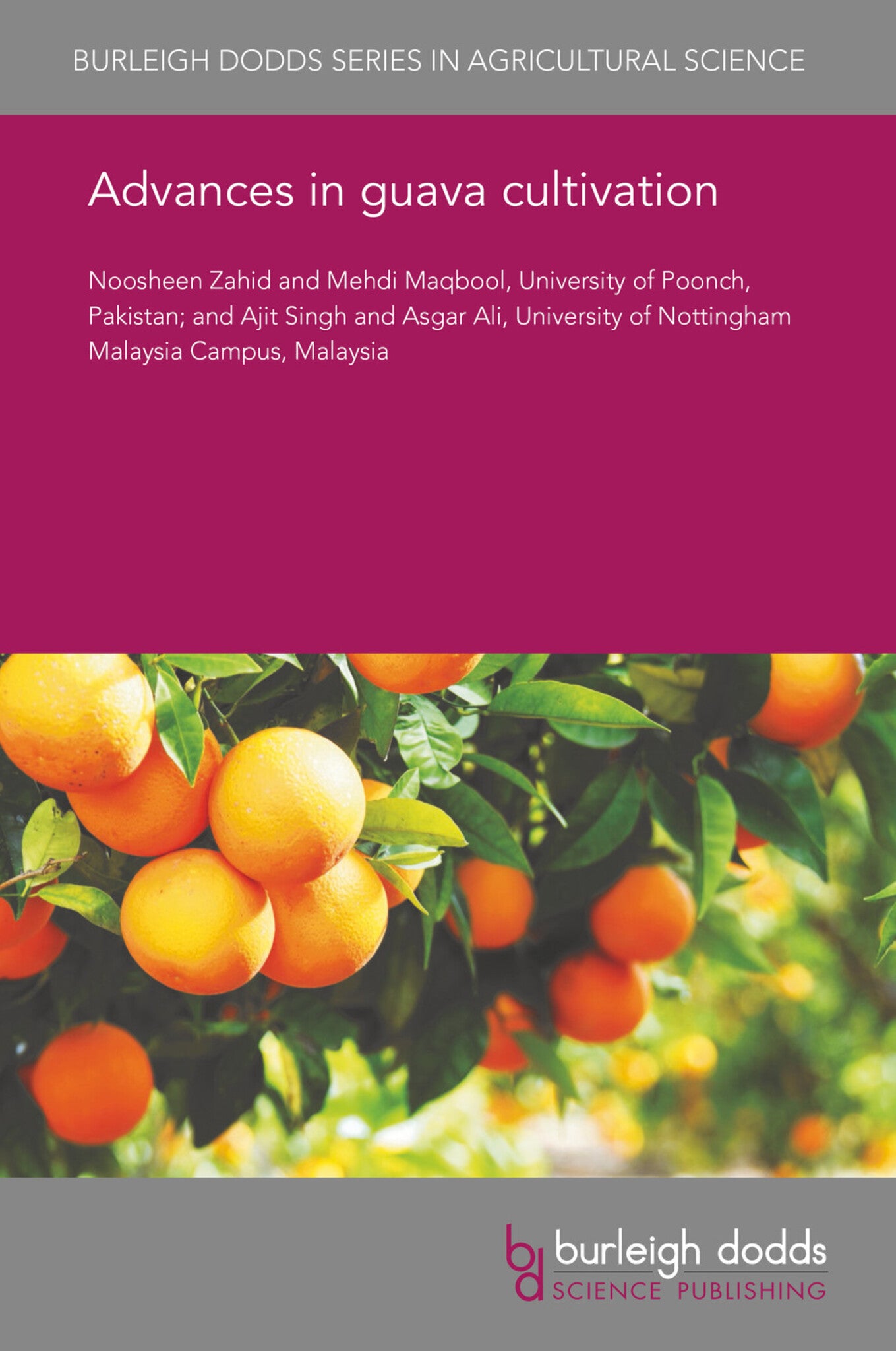We're sorry. An error has occurred
Please cancel or retry.
Advances in guava cultivation

Some error occured while loading the Quick View. Please close the Quick View and try reloading the page.
Couldn't load pickup availability
- Format:
-
09 December 2019


SCIENCE / Life Sciences / Horticulture, Commercial horticulture, TECHNOLOGY & ENGINEERING / Agriculture / Tropical Agriculture, TECHNOLOGY & ENGINEERING / Agriculture / Agronomy / Crop Science, TECHNOLOGY & ENGINEERING / Agriculture / Sustainable Agriculture, Sustainable agriculture, Agronomy and crop production, Tropical agriculture

1 Introduction 2 Crop climatic requirements and distribution 3 Composition, nutritional value and uses 4 Propagation methods 5 Planting and cultivation techniques 6 Irrigation and fertilization 7 Pests and diseases 8 Harvesting and postharvest operations 9 Conclusion and future trends 10 References



